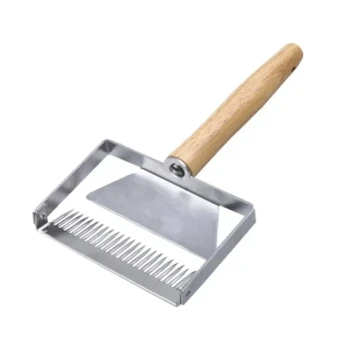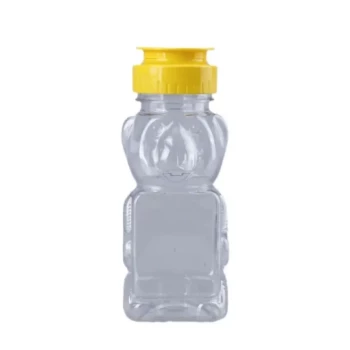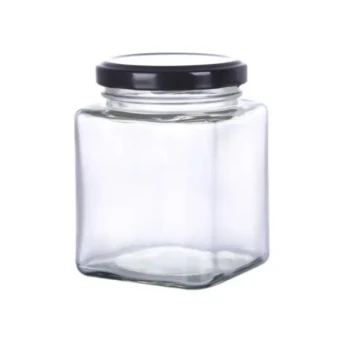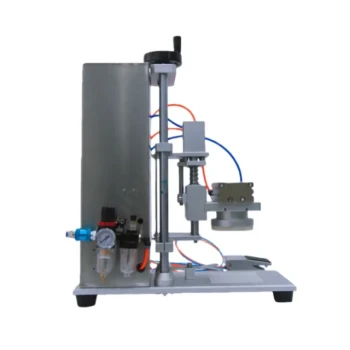In short, uncapping is necessary to remove the protective wax seal that bees place over finished honey. This thin layer of beeswax covers each cell in the honeycomb, and without removing it, the honey cannot be extracted. This step is the crucial link between the bees' hard work and the beekeeper's harvest.
Uncapping is more than just a procedural step; it is a fundamental practice that enables efficient honey extraction while preserving the honeycomb. This allows bees to reuse the comb, saving them immense energy and boosting the hive's overall productivity.

Why Bees Cap Honey in the First Place
Creating a Natural Seal
Bees cap honey cells with a thin layer of beeswax only when the honey is "ripe." This means they have reduced its water content to the perfect level (typically below 18.6%) to prevent fermentation and spoilage.
The wax cap acts as a perfect, airtight lid, preserving the honey for long-term storage within the hive. It is the bees' natural method for creating a stable food supply.
The Signal for Harvest
For a beekeeper, a fully capped frame of honey is the clear signal that it is ready for harvest. Harvesting uncapped or partially capped honey can lead to a final product with excessively high moisture content, which is prone to fermentation.
How Uncapping Enables Extraction
Breaking the Barrier
Modern honey extraction relies on centrifugal force. Frames are placed in an extractor that spins them at high speed, slinging the honey out of the cells and onto the walls of the extractor drum.
If the wax cappings are not removed, they form a solid barrier that holds the honey 보안 within the cells. The centrifugal force is not strong enough to break this seal, rendering extraction impossible.
Preserving the Comb for Reuse
A primary goal of uncapping is to remove only the thin wax cap while leaving the underlying comb structure intact. After extraction, these "wet" combs can be returned to the hive.
Bees can then immediately begin cleaning the cells and refilling them with new nectar. This conserves an enormous amount of energy for the colony, as producing wax демократиче a resource-intensive process. Building new comb from scratch is far more work than refilling existing comb.
Common Tools and Methods for Uncapping
Manual Tools for Hobbyists
For smaller operations, manual tools are standard. An electric heated uncapping knife melts through the wax फिजिकल ease, while a simple cold uncapping knife (often dipped in hot water) can also be used to slice off the cappings.
An uncapping fork or scratcher is used to pierce the cappings in low spots or areas the knife missed. This ensures all cells are opened before extraction.
Automated Systems for Scale
Beekeepers managing many hives often find manual methods too slow. For इनको, automated uncapping machines that use spinning blades, flails, or heated wires can process frames much more efficiently. These systems are an investment but are essential for larger-scale honey production.
Understanding the Trade-offs and Best Practices
Select Only Ripe Honey Frames
A critical best practice is to only harvest frames消费者 are filled with capped honey. You should avoid pulling frames that contain significant amounts of brood (bee larvae) or pollen. Including these would contaminate the honey and harm the colony's next generation.
The "Crush and Strain" Alternative
If you do not uncap and use an extractor, the only other method is "crush and strain." This involves crushing the entire honeycomb and letting the honey drain out through a filter.
While effective, this method destroys the valuable drawn comb. The bees must then expend significant energy and resources to rebuild it from scratch, slowing down future honey production.
Straining is a Necessary Next Step
The process of uncapping inevitably introduces small pieces of beeswax into the raw honey. Therefore, straining the honey after extraction is a mandatory final step to remove wax particles and any other hive debris, ensuring a pure and clean final product.
Making the Right Choice for Your Goal
- If your primary focus is hobby beekeeping: Use a manual uncapping knife or fork, as your main goal is clean extraction while carefully preserving你的 comb for the bees to reuse.
- If your primary focus is large-scale production: Invest in automated uncapping equipment to maximize efficiency and throughput during你的 honey harvest.
- If your primary focus is hive health and productivity: Regardless of your method, prioritize uncapping cleanly to preserve the comb, as this directly reduces the energy burden on your bees.
Ultimately, proper uncapping is the key to a successful harvest that works动物 harmony with the bees' natural cycle.
Summary Table:
| Purpose | Key Benefit |
|---|---|
| Enable Extraction | Removes wax seal so honey can be spun out by centrifugal force. |
| Preserve Honeycomb | Allows bees to reuse comb, saving them energy and boosting productivity. |
| Ensure Honey Quality | Harvesting fully capped frames prevents fermentation from high moisture. |
Ready to streamline your honey harvest?
Whether you're a commercial apiary or a beekeeping equipment distributor, HONESTBEE has the wholesale supplies and equipment you need for efficient uncapping and extraction. From manual knives to automated systems, we help you maximize yield while protecting your hive's health.
Contact HONESTBEE today to discuss your beekeeping supply needs and boost your operation's efficiency!
Visual Guide
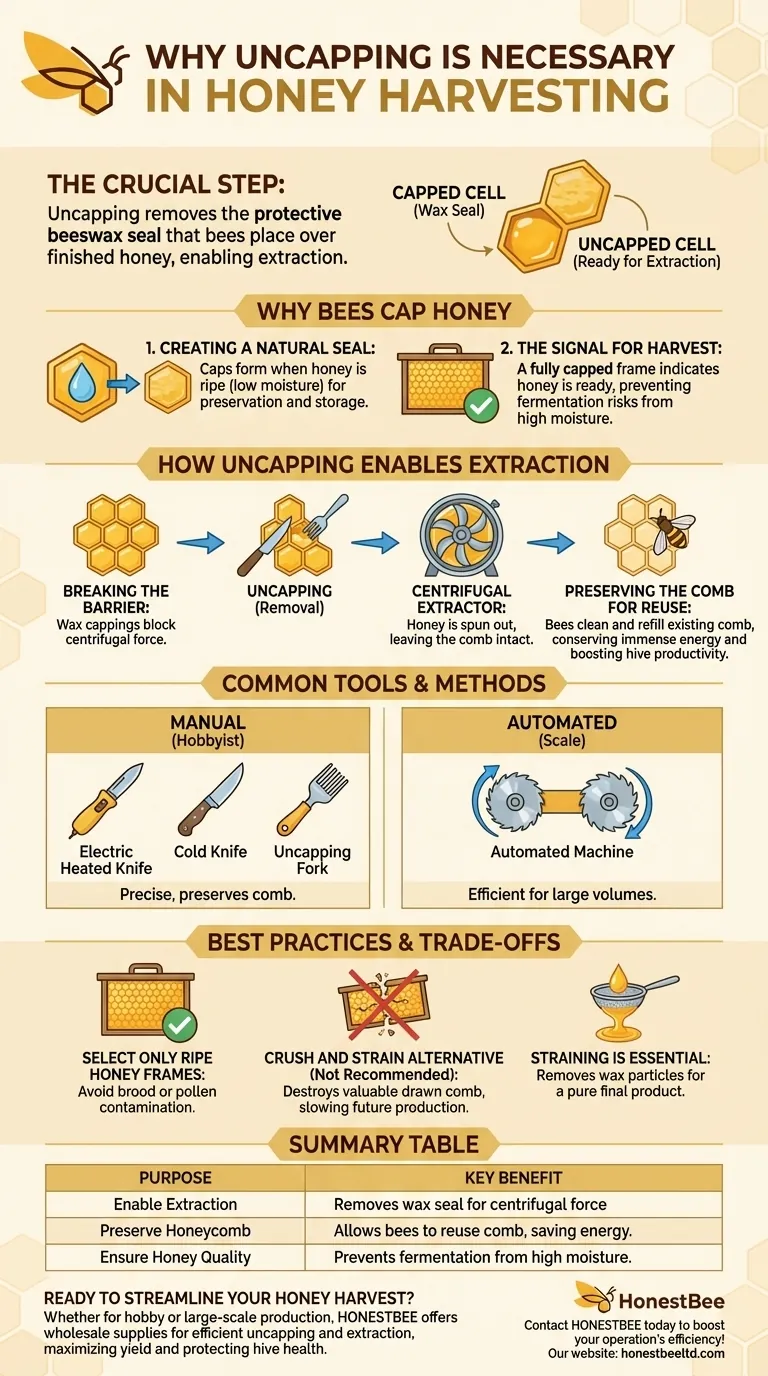
Related Products
- Extra Wide Stainless Steel Honey Uncapping Fork with Scraper Beekeeping Tool
- Professional Wide Blade Honey Scraper for Beekeeping and Honey Processing
- Professional Long-Handled Silicone Honey Scraper for Beekeeping
- Honey Wax Separating Wax Press with Metal Screw Wax Separator Machine
- Stainless Steel Manual Honey Press with Guard for Pressing Honey and Wax
People Also Ask
- What other tools are available for honey uncapping besides knives? Find the Right Tool for Your Apiary's Scale
- Why is post-harvest equipment maintenance important? Protect Your Apiary's Health & Investment
- Why is my honey frame not capped? Your Guide to Perfectly Ripe Honey
- Can I extract uncapped honey? Avoid spoilage by trusting the bees' quality control.
- What tools are available for uncapping honey? A Guide to Choosing the Right Tool for Your Operation
